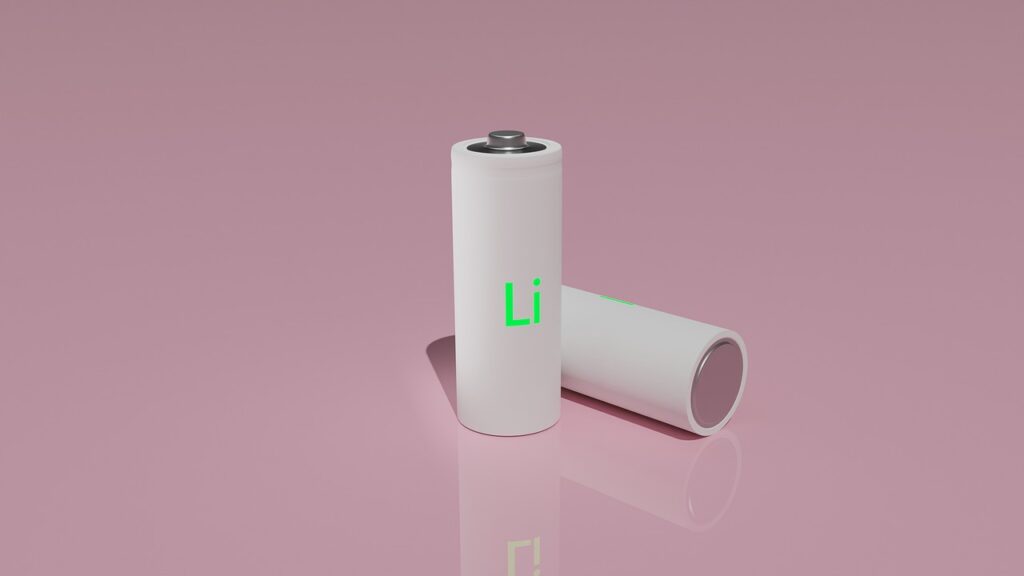The global use of large-scale batteries for electric vehicles and renewable energy storage has been leading the demand for lithium higher. To meet this growth, new technologies and solutions are needed.
The Monash University startup ElectraLith is developing an extraction system to filter lithium from brine by using a polymer-ceramic composite membrane and renewable electricity.
Current lithium extraction methods use chemicals to precipitate lithium which is time-consuming, disruptive, expensive, and wasteful. It often involves roasting hard rock at high temperature and dissolving it with hot sulfuric acid, or evaporating brines in a solar pond. Meanwhile, nanostructure membrane-based technology is said to make the most of mineral resources.
Using Lithium-ion Membranes
According to ElectraLith, the electrochemical process facilitates the direct production of lithium hydroxide, a critical battery mineral.
Contrasting conventional Lithium extraction systems reliant on chemical precipitation, pH adjustments, or organic solvents, ElectraLith’s electro-membrane technology relies solely on electricity. In addition, it is more efficient by preferably sourced from renewable alternatives such as solar or geothermal energy.
On the other hand, using electro-membrane technology in extraction and refining can exploit the exceptional mobility of lithium ions. Therefore, it is outperforming conventional pressure-driven membrane technologies like reverse osmosis.
The Rise of DEL Tech Adoption
As said, to meet the increasing global demand for lithium, several teams globally are pursuing novel solutions, focusing on Direct Lithium Extraction (DLE) technologies.
In addition to ElectraLith, Bay Area-based Lilac Solutions is using a technology called ion exchange. In that, they develop a ceramic material to selectively absorb lithium from the brine while releasing a proton. The lithium is then flushed out of the bead using dilute acid and that produces a lithium chloride concentrate which can be easily processed into battery-grade chemicals.
Another one is EnergyX, which uses a combination of technologies that it can tailor to the specific brine resource. They begin with traditional adsorption, followed by a method called “solvent extraction,” mixing the concentrated brine with an organic liquid.
Then, the lithium is transferred to the organic before it’s stripped free and concentrated. Finally, membrane filtration is used to remove all remaining impurities.
Image by Finnrich from Pixabay
Article Source: The Engineer






